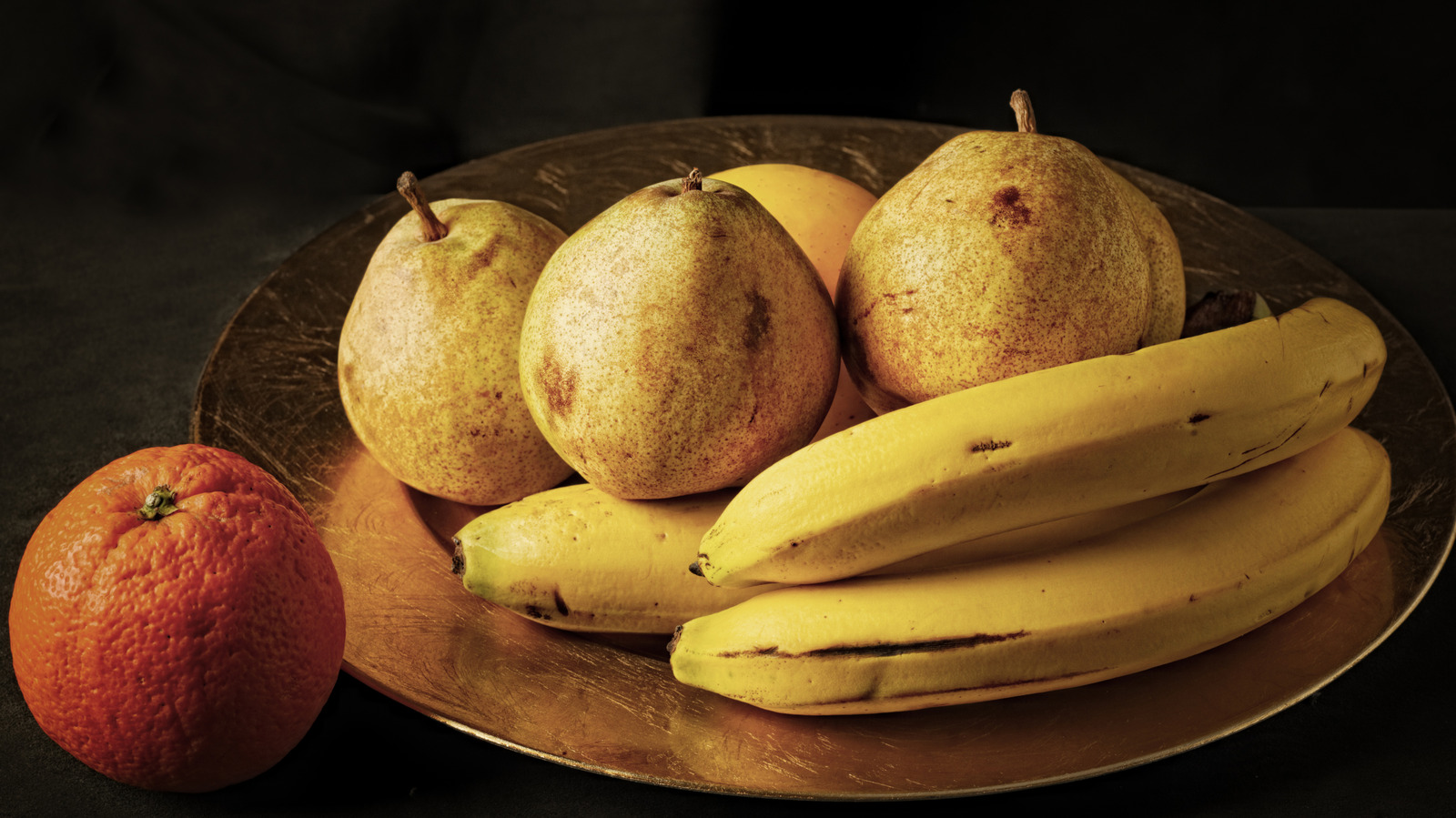
"Most of us toss fruit into the same bowl without a second thought, but bananas and pears make for terrible fruit bowl fellows. The culprit is ethylene gas, a gaseous plant hormone that drives ripening. Bananas are prolific ethylene producers, which is why slipping one into a paper bag with unripe peaches or avocados speeds the process along. Pears also emit plenty of ethylene, but unlike many fruits, they're unusually sensitive to it. When both sit together, the effect compounds, sending each fruit from firm to overripe in a hurry."
"Ethylene acts like a molecular switch. It tells fruit to convert starches into sugars and directs enzymes to soften pectin in the cell walls, which explains that familiar transformation from crunchy to yielding. It also influences color change by breaking down green chlorophyll, which is why bananas turn yellow so predictably. For pears, though, this accelerated timeline can backfire. They ripen from the core outward, so the inside often turns mealy or mushy before the skin shows obvious warning signs. What feels like a just-soft pear near the stem may already be collapsing at the center."
Ethylene is a gaseous plant hormone that initiates and coordinates ripening by converting starches to sugars, softening pectin in cell walls, and breaking down chlorophyll. Bananas and pears both emit significant ethylene; bananas are prolific producers while pears are unusually sensitive, causing rapid mutual overripening when stored together. Pears ripen from the core outward and can develop mealy or mushy centers before the skin shows signs. Other ethylene producers include apples, kiwis, and avocados, while strawberries, broccoli, and leafy greens are highly sensitive. Separating ethylene generators from sensitive produce and storing accordingly preserves freshness.
Read at Tasting Table
Unable to calculate read time
Collection
[
|
...
]